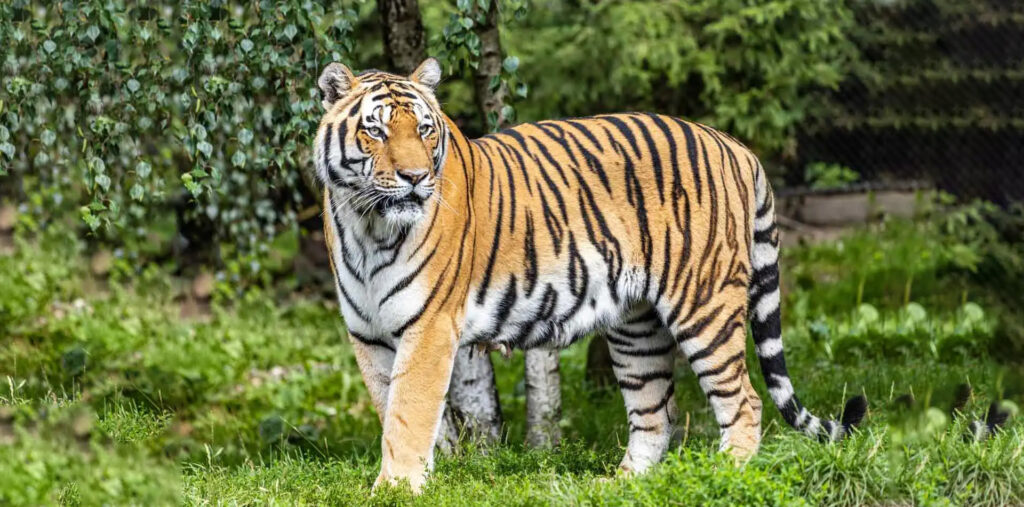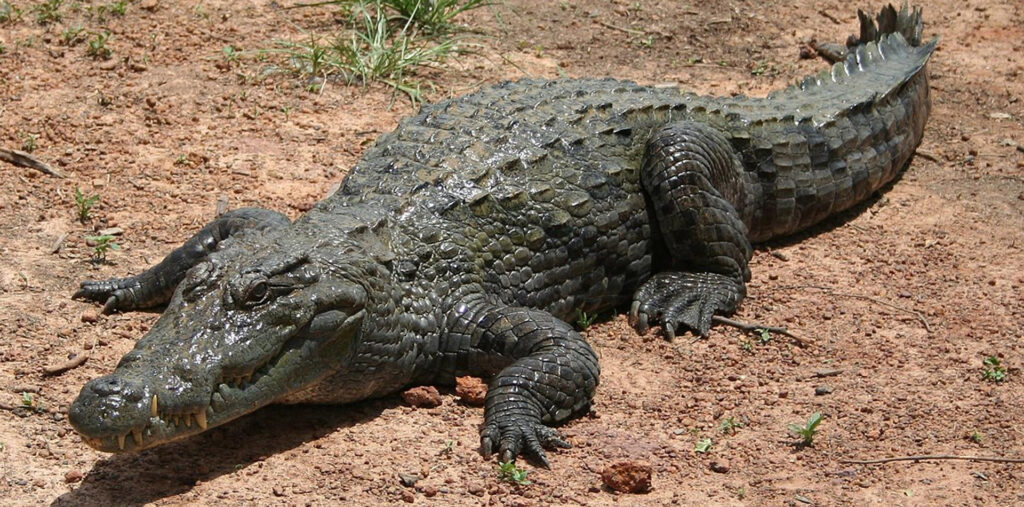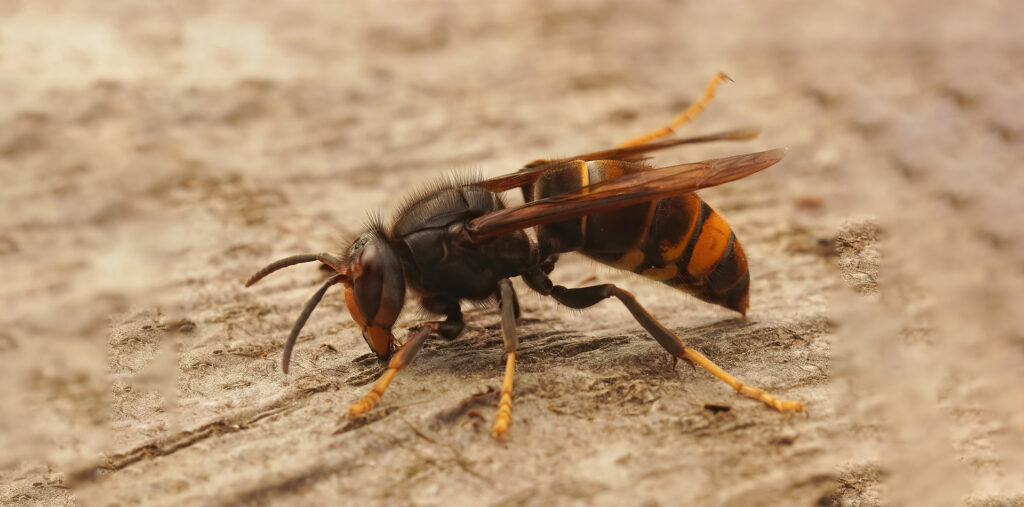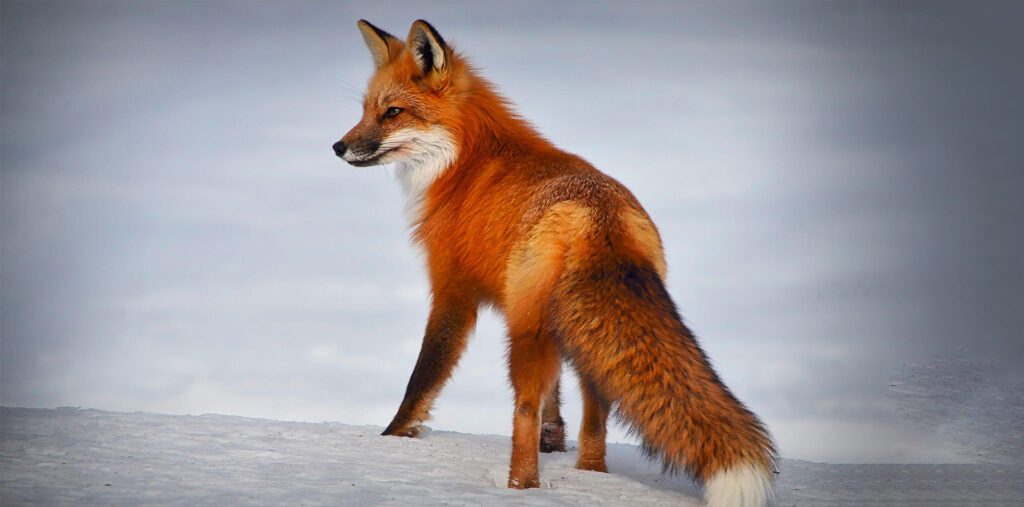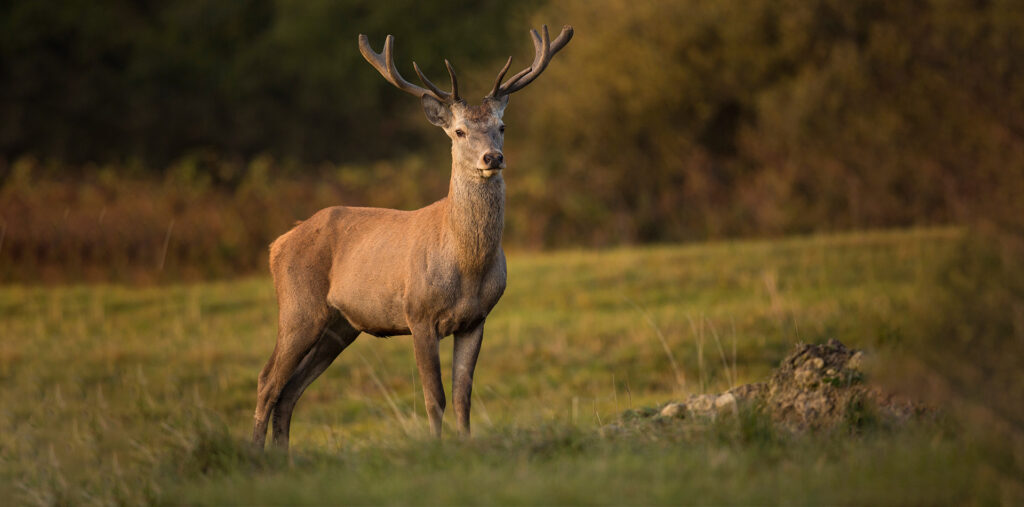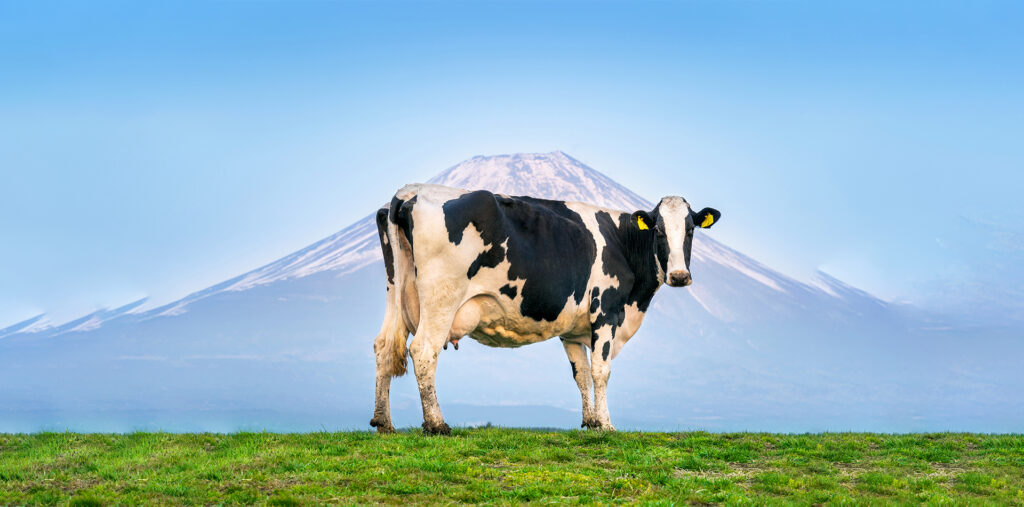Meet with Butterfly

Welcome to our enchanting journey into the world of butterflies! With their vibrant colors, delicate wings, and graceful flight, butterflies captivate the imagination and inspire wonder in people of all ages. In this “Butterfly Beauty: Exploring the Enchanting World of Butterflies” blog post, we’ll delve into the fascinating realm of butterflies, exploring their life cycle, behavior, and ecological significance, as well as tips for attracting these winged wonders to your garden.
The Life Cycle of a Butterfly:
The life cycle of a butterfly is a remarkable transformation that begins with an egg and culminates in the emergence of a beautiful butterfly. From egg to caterpillar (larva), pupa (chrysalis), and finally adult butterfly, each stage of the life cycle serves a unique purpose in the butterfly’s development and survival. Witnessing this metamorphosis firsthand is a magical experience that reminds us of the wonders of nature.
Behavior and Adaptations:
Butterflies exhibit a wide range of behaviors and adaptations that help them navigate their environment and survive in diverse habitats. From feeding on nectar and pollen to avoiding predators through camouflage and mimicry, butterflies have evolved a variety of strategies for thriving in their ecosystems. Their delicate wings contain intricate patterns and colors that serve as both a warning to predators and a means of attracting potential mates.
Ecological Importance:
Butterflies play a crucial role in pollination, helping to transfer pollen between flowers and facilitate the reproduction of many plant species. In addition to their role as pollinators, butterflies also serve as indicators of ecosystem health, with changes in butterfly populations often reflecting broader environmental changes such as habitat loss, climate change, and pollution. By protecting butterfly habitats and promoting biodiversity, we can help ensure the continued survival of these important pollinators.
Attracting Butterflies to Your Garden:
Creating a butterfly-friendly garden is a rewarding way to support butterfly populations while enhancing the beauty of your outdoor space. Planting a variety of nectar-rich flowers, herbs, and shrubs will provide food and shelter for butterflies throughout their life cycle. Additionally, providing a water source such as a shallow dish or birdbath and avoiding the use of pesticides will help create a safe and welcoming habitat for butterflies to thrive.
Butterflies are more than just beautiful creatures; they are vital pollinators and indicators of environmental health. By learning more about their life cycle, behavior, and ecological importance, we can gain a deeper appreciation for these winged wonders and the role they play in our world. Whether you’re admiring their colorful wings in your garden or marveling at their graceful flight in nature, the presence of butterflies is a testament to the beauty and resilience of the natural world.
